XRP is one of the most prominent cryptocurrencies in the digital asset space, known for its focus on facilitating fast, low-cost cross-border transactions. Launched in 2012 by Ripple Labs, XRP was created with the aim of revolutionizing the global payment infrastructure by offering banks, financial institutions, and individuals a better way to move money across borders. This article will provide a detailed overview of XRP, its core features, the platforms that support it, the process of sending and receiving XRP, and the vision behind its creation.
What is XRP?
XRP is a digital currency developed by Ripple Labs, designed to enable fast and cost-effective international transactions. Unlike Bitcoin or Ethereum, which are decentralized cryptocurrencies meant to serve as alternatives to traditional currencies, XRP was created specifically for use in the global payments and remittance markets. XRP acts as a bridge currency in the Ripple network (RippleNet), allowing users to exchange various fiat currencies and cryptocurrencies efficiently.
One of the key features of XRP is its ability to facilitate cross-border transactions in a matter of seconds at a fraction of the cost charged by traditional financial systems. This has made XRP particularly attractive for financial institutions and banks looking to reduce transaction costs and improve the speed of international payments.
How XRP Works
XRP operates on the XRP Ledger, an open-source, decentralized blockchain developed by Ripple. The XRP Ledger processes transactions in just 3-5 seconds, compared to the 10 minutes (or more) required for Bitcoin. Unlike Bitcoin, XRP does not rely on Proof of Work (PoW) mining. Instead, it uses a unique consensus algorithm called the Ripple Protocol Consensus Algorithm (RPCA), which ensures fast and secure validation of transactions.
Key differences between XRP and other cryptocurrencies include:
- Consensus Mechanism: XRP uses RPCA rather than mining-based consensus. This makes it more energy-efficient and faster than cryptocurrencies like Bitcoin.
- Transaction Speed: XRP transactions are confirmed within 3-5 seconds, making it one of the fastest cryptocurrencies for transferring funds.
- Supply: XRP has a total supply of 100 billion coins, with a portion of this supply being released gradually over time by Ripple Labs.
- Deflationary Model: A small amount of XRP is destroyed with every transaction, meaning the total supply of XRP decreases over time. This mechanism helps protect the network from spam and ensures the scarcity of XRP.
Key Features of XRP
- Fast Transaction Speed: XRP transactions are confirmed within seconds, making it one of the fastest digital currencies available for transferring value across borders.
- Low Transaction Fees: The cost to send XRP is minimal, typically less than a cent, making it an attractive option for microtransactions and remittances.
- Scalability: XRP can handle up to 1,500 transactions per second (TPS), far surpassing Bitcoin and Ethereum in terms of scalability. This makes XRP suitable for high-volume payments.
- Cross-Border Payments: XRP was specifically designed for cross-border payments and remittances. Banks and financial institutions can use XRP as a bridge currency to facilitate transfers between different fiat currencies more efficiently than traditional systems like SWIFT.
- Energy Efficiency: Unlike Bitcoin or Ethereum, XRP does not require energy-intensive mining, making it a more eco-friendly option for transferring value.
The Vision Behind XRP and Ripple
Ripple Labs created XRP to solve the inefficiencies of the traditional banking system, particularly in cross-border payments. Sending money internationally through conventional systems like banks or money transfer services can be expensive, slow, and subject to delays. By using XRP as a bridge currency, RippleNet allows institutions to exchange currencies in a more streamlined and cost-effective way.
Ripple’s goal is to replace or complement traditional cross-border payment systems by offering a faster and more reliable infrastructure. Financial institutions can use Ripple’s solutions (such as RippleNet and On-Demand Liquidity) to tap into XRP’s liquidity to settle payments in real-time, improving customer experiences and reducing costs.
Ripple envisions a future where XRP plays a key role in reshaping the global financial system by becoming the go-to digital asset for bridging different currencies and facilitating international transactions seamlessly.
Platforms that Support XRP
XRP is supported by a wide variety of platforms, including cryptocurrency exchanges, wallets, and payment services. Here are some of the top platforms where XRP can be bought, sold, stored, and transferred:
- Binance: One of the largest cryptocurrency exchanges globally, Binance allows users to trade XRP against other cryptocurrencies and fiat currencies.
- Coinbase: Coinbase, a popular U.S.-based cryptocurrency exchange, supports buying, selling, and holding XRP for its users.
- Kraken: Kraken is known for its security and ease of use, making it a great platform for trading XRP and converting it to fiat currencies.
- Huobi: A global cryptocurrency exchange, Huobi supports multiple XRP trading pairs and provides liquidity for institutional and retail traders.
- Uphold: Uphold is a digital wallet that allows users to store and send XRP, along with other cryptocurrencies and fiat currencies.
- Bitstamp: One of the longest-standing cryptocurrency exchanges, Bitstamp supports XRP trading and fiat conversion services.
- Ledger & Trezor: Hardware wallets such as Ledger Nano X and Trezor Model T provide offline storage for XRP, enhancing the security of your holdings.
Sending and Receiving XRP
Sending and receiving XRP is straightforward, but it involves some unique characteristics, particularly the use of destination tags. Here’s a step-by-step guide:
1. Create a Wallet
To send or receive XRP, you’ll need an XRP-compatible wallet. Popular options include Trust Wallet, Uphold, Exodus, and hardware wallets like Ledger.
2. Public Address and Destination Tag
XRP wallets have a public address, which is a string of alphanumeric characters used to send and receive XRP. In addition, many platforms (especially exchanges) require a destination tag, which acts as an additional identifier to ensure the XRP is credited to the correct account. This is especially important when sending XRP to an exchange or a custodial wallet.
3. Send XRP
To send XRP, you’ll need the recipient’s public address and, if required, their destination tag. Once you enter these details, specify the amount of XRP you wish to send, confirm the transaction, and wait for it to be processed.
4. Receive XRP
To receive XRP, simply share your wallet’s public address and destination tag (if applicable) with the sender. Once they initiate the transfer, the XRP should appear in your wallet within seconds.
5. Transaction Fees
XRP transaction fees are extremely low, typically costing a fraction of a cent. This makes XRP ideal for large transfers, micropayments, and remittances.
XRP Trading Pairs
XRP can be traded against a wide range of fiat currencies and cryptocurrencies across various exchanges. Some common XRP trading pairs include:
- XRP/USD: One of the most popular trading pairs, allowing users to trade XRP against the U.S. dollar.
- XRP/BTC: XRP is frequently traded against Bitcoin, providing liquidity for users who want to move between the two leading cryptocurrencies.
- XRP/ETH: Some exchanges offer XRP to Ethereum trading pairs, allowing users to easily exchange between these two popular digital assets.
- XRP/USDT: Trading XRP against the stablecoin Tether (USDT) is common for users who want to avoid volatility during trading.
- XRP/EUR: On European exchanges, XRP is often traded against the euro, providing liquidity for euro-based traders.
The XRP Project and Future Outlook
XRP has faced both praise and controversy in its history. Despite regulatory challenges, particularly the ongoing legal battle between Ripple Labs and the U.S. Securities and Exchange Commission (SEC), XRP continues to play a significant role in the world of cross-border payments. Ripple’s continued partnerships with banks and financial institutions around the world show the strength of its technology and vision.
As more banks and financial institutions adopt Ripple’s technology and integrate XRP into their operations, the demand for XRP as a bridge currency is expected to grow. Additionally, the outcome of the SEC lawsuit will have a significant impact on the regulatory clarity for XRP, which could pave the way for further institutional adoption.
Ripple is also exploring new use cases for XRP in areas such as Decentralized Finance (DeFi) and Non-Fungible Tokens (NFTs), which could further increase its utility and market presence.
On the End
XRP is one of the most established cryptocurrencies in the market, known for its speed, scalability, and low transaction fees. Created by Ripple Labs with the goal of transforming cross-border payments, XRP serves as a bridge currency that allows banks and financial institutions to transfer money across borders quickly and cost-effectively. Despite facing regulatory hurdles, XRP remains a top contender in the cryptocurrency space and continues to grow in usage and adoption.
With its unique consensus mechanism, energy efficiency, and global partnerships, XRP has the potential to reshape the future of international payments. Whether you’re a long-term investor, a trader, or someone looking for a fast and cheap way to send money internationally, XRP is a cryptocurrency worth considering.

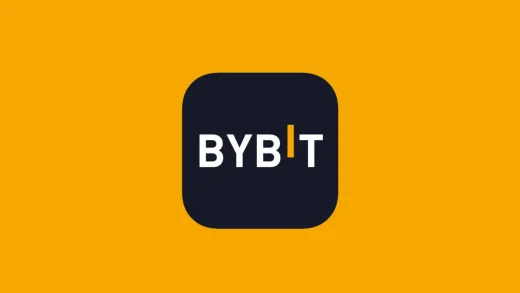
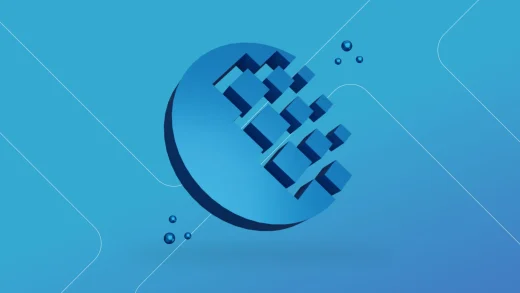
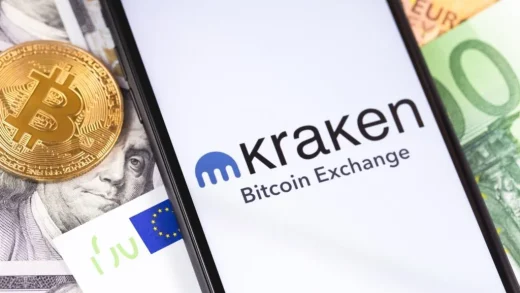
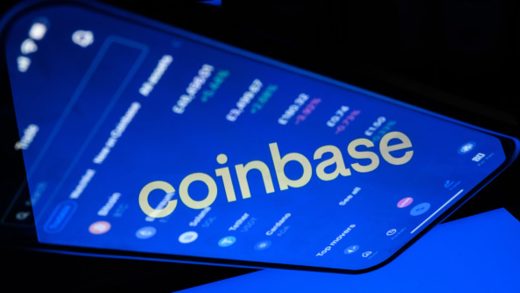
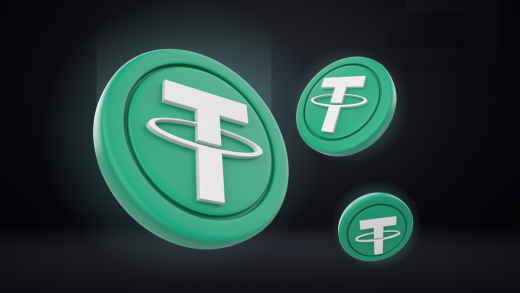
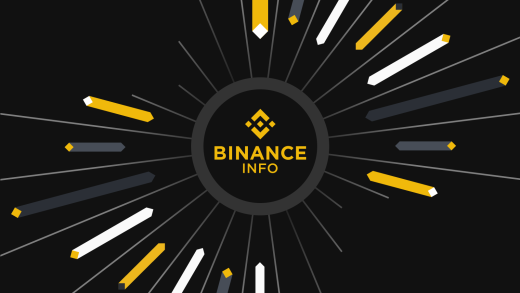
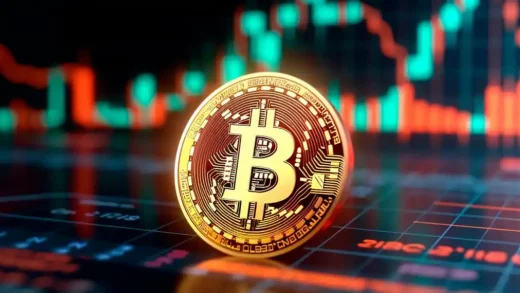


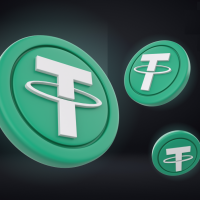
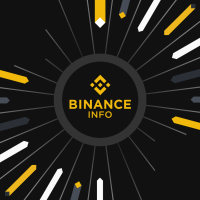




Love
Love
Love 💕
Me mustafa